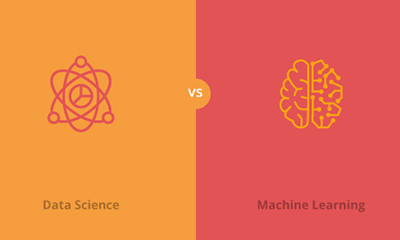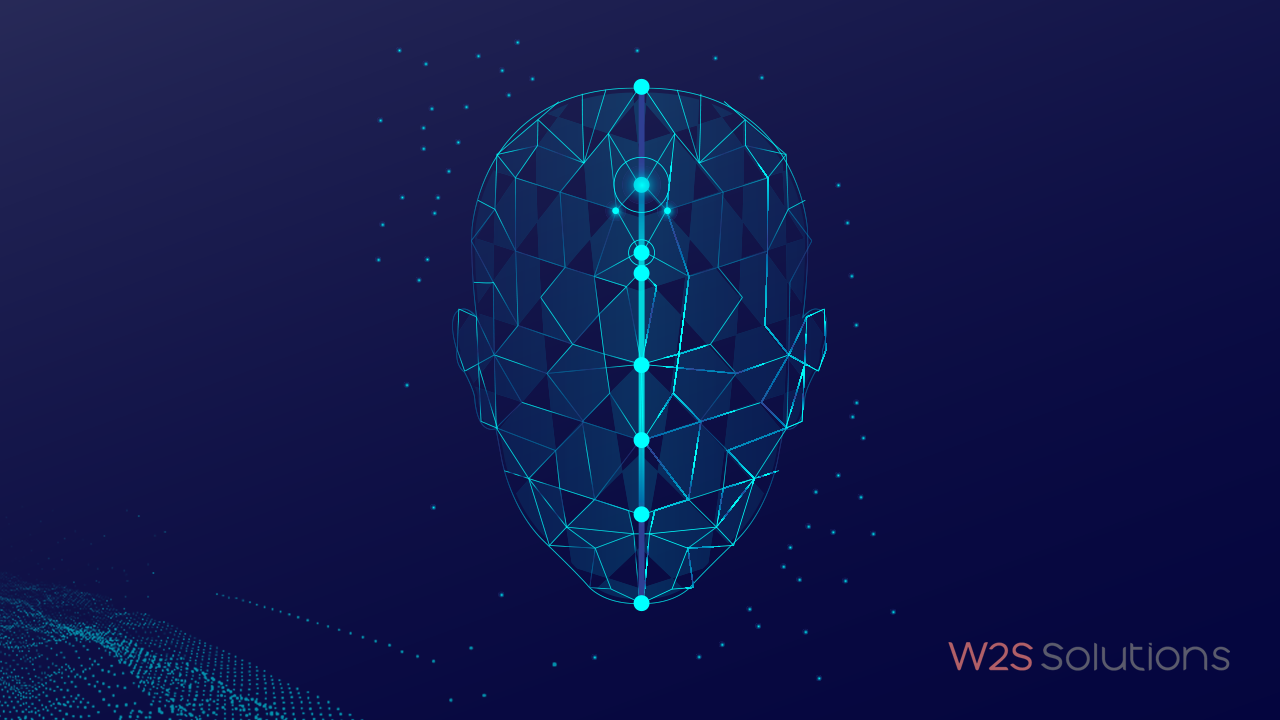The terms machine learning and data science are often used in the same sentence, making some of us a little bit confused. Well, they have their similarities, but data science and machine learning are two vast domains, with each field possessing a significant amount of expertise and knowledge. Data science is a vast ocean of intrinsic data operations, and machine learning is one of the primary data operations. Many data science companies use machine learning to understand the nature of data and find different ways to use data for business success.
The data science industry is growing rapidly. In fact, a study from Grand View Research, Inc. stated that the market for data science and analytics would reach US$25.94 billion by the end of 2027.
Data science is the study of data that uses models and algorithms of machine learning for processing and analyzing data. Apart from processing information, data science also involves business decision-making, deployment, data engineering, visualization, and data integration. Machine learning plays a pivotal role in carrying out these operations. Hence, it can be said that both data science and machine learning are correlated.
But the main question is, how do they differ from each other, and what are the aspects that make them related?
Keep on reading as we discuss Machine Learning Vs Data Science in detail and understand their differences and similarities.
Learn More – How data-driven decisions help organization heads to fuel business growth?
What is Data Science?

Data science is a combination of several algorithms, tools, and machine learning principles that are used to discover hidden patterns from raw Big Data. In simple terms, data science is majorly concerned with making predictions and decisions and using perspective analytics, predictive casual analytics, and machine learning.
Data science has become a critical part of the industry over the years. The World Wide Web produces significant amounts of data every day. Hence, data science has become an inevitable part of the digital world. Companies have started executing data science techniques to improve customer satisfaction and boost business growth.
The purpose of the study is to find unseen patterns and derive meaningful information from them. This helps in making informed business decisions. Please note that the data used for studying and analyzing can be present in numerous formats and from multiple sources.
Data science, also known as data-driven science, allows for better decision-making, pattern discovery, and predictive analysis. By harnessing the power of data science, you can:
- Visualize and communicate the results via dashboards, graphs, etc.
- Model the data using various algorithms
- Perform exploratory study on the data
- Find the leading cause of a problem
For example, data science is used by the airline industry to predict disruptions in travel for alleviating the discomfort for both passengers and airlines. That is, the airline industry is optimizing its operations in several ways, like:
- Deciding which class of planes to buy for better overall performance
- Offer personalized offers to customers based on their booking preferences and patterns
- Build predictive models for forecasting flights delays
- Planning routes and anticipating whether to schedule connecting or direct flights
Learn More – How Machine learning Transform the Transportation Industry
What is Machine Learning?

Machine learning is one of the many applications of artificial intelligence that gives computers and systems the ability to learn from their experiences and the data that is fed to them. That is, a machine learning system is always improving itself without requiring any human intervention, such as coding. The best example is when you do online shopping. If you recently purchased motorcycle riding boots, the app or the website will show you related searches like other motorcycle riding accessories – “People who bought the boots also showed interest in this.”
Simply put, machine learning is a field of study that gives computer systems the ability to grasp knowledge without the need of coding. Data is the most important entity in machine learning. The primary steps in machine learning involve gathering data, preparing the data, choosing a model, and training.
As a machine learning expert, you will be providing standardized instructions to the computer so that it can execute operations. The instructions can be both low-level machine language or high-level programming language. So, based on the set of instructions the computer is provided with, you get the right output.
Essentially, there is a continuous exchange of outputs and inputs. This process of training your computer system on historical data for providing you with the desired output is called machine learning.
Without data, machine learning strategies cannot be implemented. Machine learning systems feed on data to identify intrinsic patterns and searches.
Learn More – Data Analytics vs. Big Data vs. Data Science – A detailed comparison
Machine Learning Vs Data Science – how do they differ from each other?

By now, you may have got a little idea about how these two fields function. The primary difference between data science and machine learning is that data science is all about discovering the unknown. You can use it to determine how and where to use machine learning capabilities to make a tangible impact. Moreover, data science works well with forecasts and simulations, allowing you to make data-driven decisions with ease.
On the other hand, machine learning acts on a granular level. For example, it provides users with instant recommendations once they view a set of products while shopping online, engage a customer via chatbots, or regularly optimize the keywords marketers use for their digital marketing campaigns.
Learn More – How Big Data Analytics Can Create a Billion-Dollar Mobile App UX?
Machine Learning Vs Data Science – what are the similarities?
As already mentioned, both data science and machine learning feed on clean and raw data. Data is the flesh and bone of both data science and machine learning. They use advanced algorithms, statistical data, and mathematical models for extracting the value of this data. Data Science Companies working with machine learning models have a clear set of business goals specified beforehand that can help with cost reduction, revenue increase, and process optimization.
Conclusion
Data science and machine learning are the future of the digital economy. The techniques are always improving. With more and more companies harnessing the power of machine learning and data science, they aim at supporting their decision-making process and learn what works best for them.




